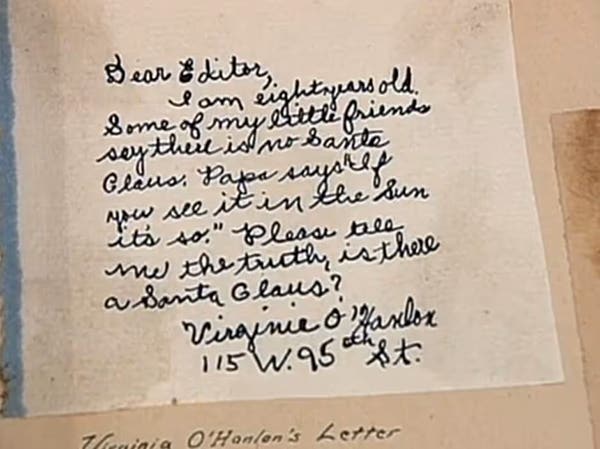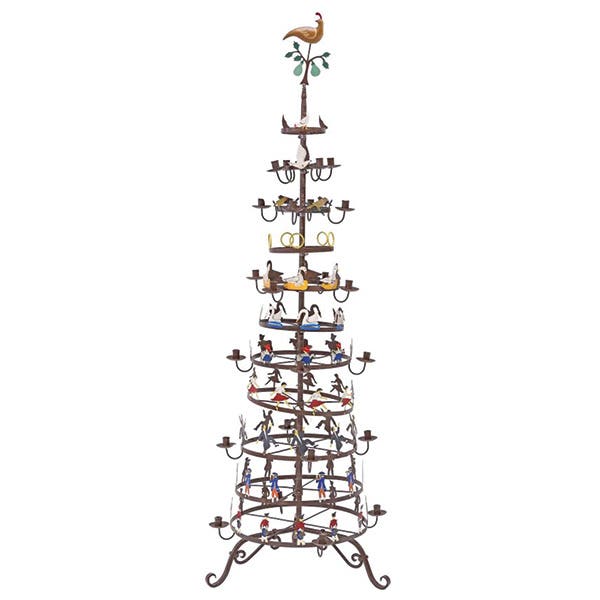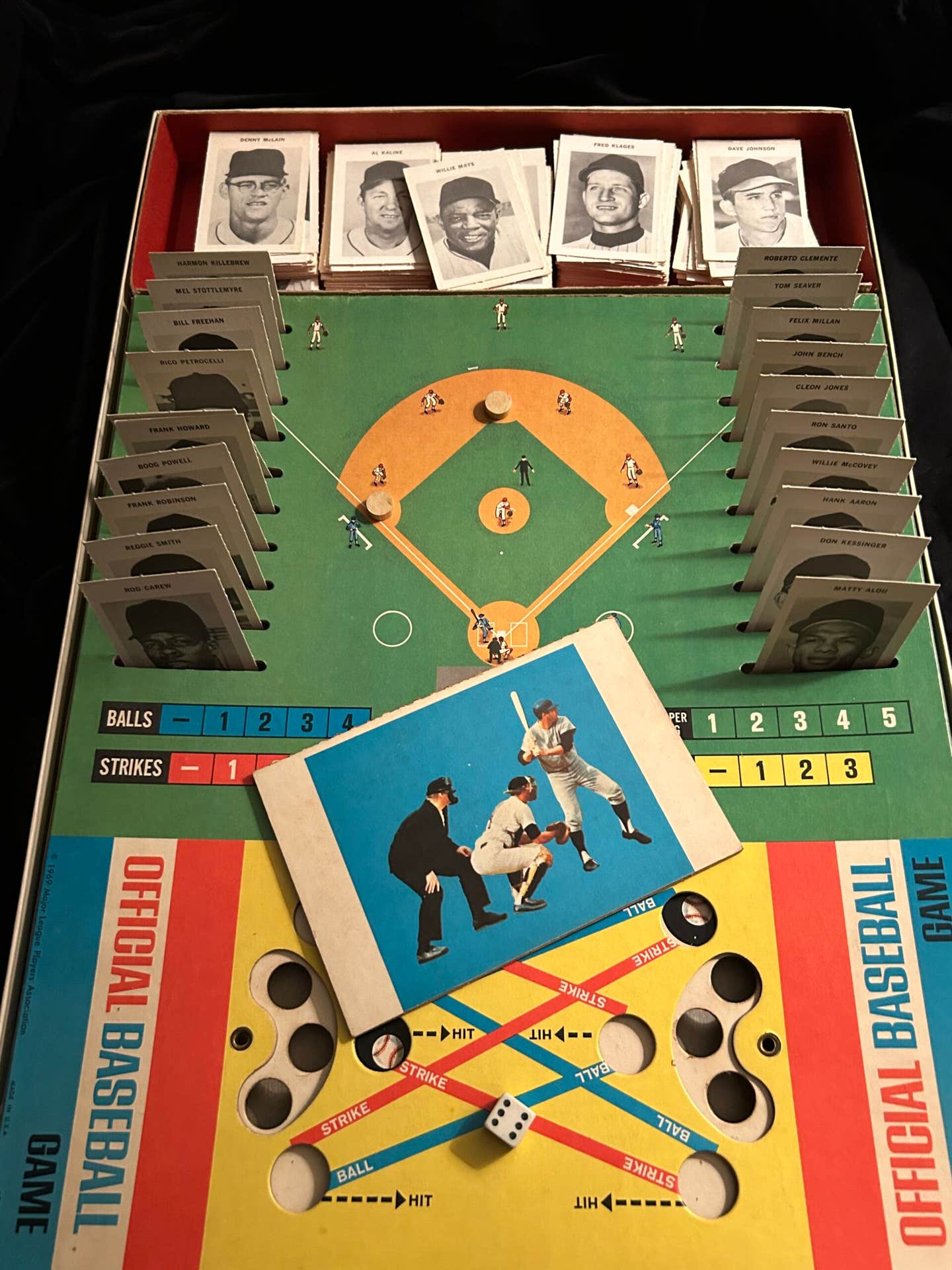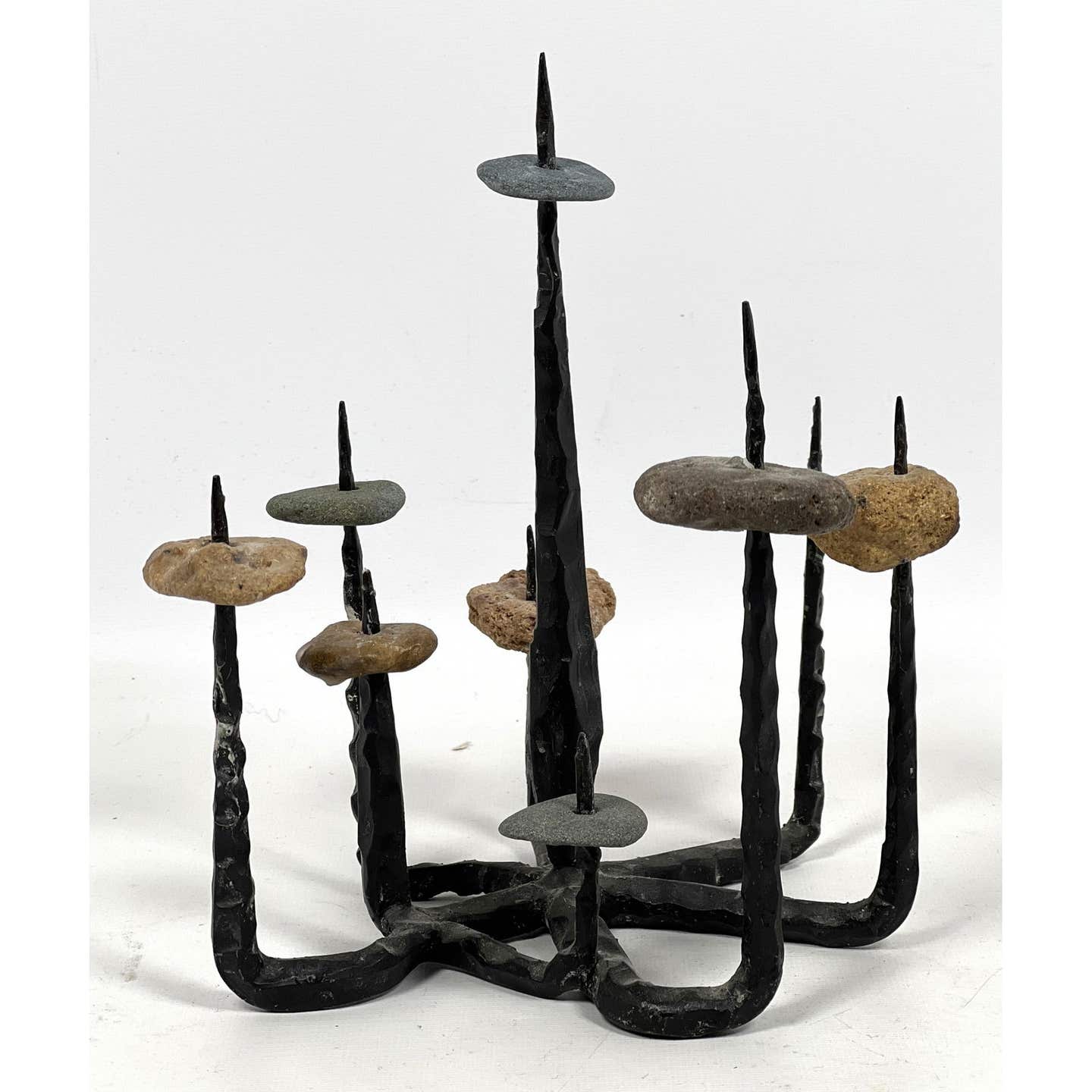Collecting Civil War ID Tags
Facing the prospect of impending death, Civil War soldiers fashioned their own ID tags from coins and tokens. These Civil War ID tags are collectible today.
Fear affected the psyche of many Union soldiers at the Battle of Cold Harbor. Facing the prospect of impending death, the men feared the worst. Many were veterans of several battles and knew all too well the difficulty of identifying the dead whose bodies were severely maimed and disfigured. They feared that their loved ones, back home, might not know what happened to them if they fell in battle—the troops saw far too often their mortally wounded comrades interred in shallow unidentified graves.
With artillery and musketry closing in, the Federal soldiers busied themselves attaching pieces of paper, with their names written on them, onto their uniforms. Earlier, some of the Union troops had carved wooden tags to identify themselves and put them on their person.
There is little anecdotal evidence of Confederate soldiers’ using some type of identifying items, but a number of Federal soldier ID tags and badges have been discovered. The most common appear to be round metal token-type tags. Some are homemade, created by the soldier himself, usually made from a coin. Others were commercially manufactured, in gold or silver, and sold mail-order. Less expensive examples were produced in brass or steel. Sutlers accompanying the army would set up shop along the soldiers’ route.
Government issued identification tags, termed dog tags, were nonexistent during the American Civil War. In May of 1862, John Kennedy, a resident of New York, proposed in a letter to Secretary of War, Edwin Stanton, that each Union soldier be issued an ID tag. The overture was rejected. The soldiers were on their own.
These forerunners of the modern ‘dog tags’ were worn by soldiers who had “seen the elephant” often enough to realize the inherent practicality of the effects of battle. They understood that death was imminent. This determination was based on an appreciation of actual possibilities.
Despite the disquiet soldiers carried of being listed as unknown, the government did not advocate the issuance of identification tags. It was later found that 42% of Civil War dead remained unidentified. Of the over 325,000 Federal soldiers who are buried in National Cemeteries, almost 149,000 are marked ‘unknown.’ These statistics proved the soldiers’ fears were warranted.
On more than one occasion as a father, son or brother left home to shoulder a musket, concerned kin placed a token in the palm of their hands. They had taken care to crudely stamp the recruit’s name into the bit of lead, copper or possibly an old coin; giving strict instructions for battle-ready men to secure it tight to their person. Those with means might have followed the advertisements in Harper’s or Leslie’s magazines for the more ornate and more expensive gold or silver pins.
Drowne & Moore Jewelers, located in New York City, carried one of those advertisements in Harper’s Weekly. “Attention Soldiers! Every soldier should have a badge with his name marked distinctly upon it ... a solid silver badge ... can be fastened to any garment.”
As the war picked up in intensity, casualties rose. Soldiers marching into enemy fire became unnerved as comrades to their left or right, fell under the onslaught of musketry and artillery. This mise-en-scène created a growing market for drummers and sutlers. They followed the armies on the move or set up shop along the way. They offered a less expensive alternative to those engraved pins or badges offered by jewelers or watch fob makers.
Civil War ID tag examples
On site, those peddlers would stamp the Yankee trooper’s name onto the metal discs, along with other accordant information, such as regiment or state volunteer unit. Civil War dog tags carried patriotic legends: Liberty, Union or War of 1861. Soldiers under General McClellan’s command carried ID tags with his image on them. Many dog tags found listed the battles the wearer had endured—“Fought In Battles / Bull Run 2nd / Fredericksburg I & 2” are just three of the sharp contests listed on a dog tag found in 1980 near Hagerstown, Maryland.
Many old battle sites and bivouacs have generated several examples of Civil War dog tags. And surprisingly, many were from soldiers who survived the war. During the action, tags worn around the neck or attached to a watch fob or pin might have easily been torn away. This was the case for Corporal Seth Hill of NY 153rd Infantry. His dog tag was discovered at the site of the Battle of Cedar Creek. He survived and lived for another 65 years, passing away in 1930.
Each found soldier’s ID tags carried their own story. With muster rolls, payment records, diaries etc., and with today’s internet, it only takes the soldier’s name to trace his history during and after the Civil War.
John L. Hebron, the sole survivor of the three male members from the Hebron family of Ohio, who had entered the war, returned home wearing his ID tag. Most likely, sometime after ‘seeing the elephant’ he stamped ‘J. L. Hebron’ into a large cent. This dog tag was part of a huge family collection that included 150 letters, a number of photographs and several other artifacts.
Martin F. Moore’s dog tags tells his tale. This New Hampshire soldier carried an Eagle War of 1861 ID tag. Enlisting in 1862 into Co B of the 13th NH Vol. Infantry, he followed a circuitous route. Following a stint in another unit he transferred back into the 13th NH Vols. in 1864. But this time into Co. K; on the reverse side of the dog tag the letter ‘K’ was stamped over the ‘B,’ reflecting his duel company status. This example valued at $895 is for sale at Dave Taylor’s Civil War Antiques.
One of the most unusual tales is of the dog tag discovered in the wreckage of the Confederate submarine, H.L. Hunley. The ID disc carried the name of Ezra Chamberlin of Connecticut — a Union soldier’s dog tag on a Confederate submarine? Many theories were suggested. Was Chamberlin a deserter gone over to the other side — maybe a prisoner or a spy? No! He was killed July 11, 1863 at the Battle of Fort Wagner — most likely his ID tag was scavenged from the battlefield.
Fake and reproduction ID tags
Civil War dog tags a quite rare and can be quite expensive. Normally in the hundreds of dollars they can fetch in the thousands. Serious collectors and Civil War buffs make up one niche of this collectors’ market.
But replicas and reproductions imitating those War of Rebellion ID tags, present an inexpensive alternative. Online marketers such as eBay seller ‘survivalnut’ offer replica Civil War dog tags in copper for around $10. The face of the tag might exhibit a Federal eagle or shield or other patriotic motif. Memorial Brass’s website offers hand-stamped solid brass ID tags. The reverse of these facsimile 1858 gold dollars can be hand stamped with a person’s name and military information. These sell for $35. And they look like the real thing. These reproductions are great for those looking for a bit of Civil War history without the price tag. Re-enactors will enjoy adding these effigies to their battlefield accouterments. Confederate history buffs and re-enactors can also find facsimile Johnny Reb dog tags.
Two men who have had several of these dog tags pass through their hands over the years, have written a great book on the subject. Larry B. Maier and Joseph W. Stahl collaborated on Identification Discs of Union Soldiers in the Civil War: A Complete Classification Guide and Illustrated History. Any serious collector would love to own a copy. The hardcover costs $55 and the paperback is $35.
As with all collectibles fakes can be a problem. Many times coin-like imitations of silver dollar or half dollar sizes are used. Some fakes have blatant flaws, such as using new die stamps that produce modern letters. Chemicals to produce that aged patina effect are sometimes used. And blurry photos help hide a multitude of sins.
Be wary—look for authentic provenance and know your seller.
Sources
- Assorted Fake Items, www.savage-station.com
- Article: Civil War Dog Tag Preserves Memory, Newsletter of the Wisconsin Veterans’ Museum.
- Article: The Search for Cpl. Hunting, by Richard E. Clem, the Washington Times, July 30, 2009.
- Dave Taylor’s Civil War Antiques, www.civilwarAntique.com.
- Civil War Dog Tags, www.memorialbrass.com.
- The Camp Griffin Gazette Vol. XVII, No. 9, Nov. 2009.
- The Dread Void of Uncertainty: Naming the Dead in the American Civil War, by Drew Gilpin Faust.
David McCormick holds a master’s degree in Regional Planning from the University of Massachusetts. He was employed by the City of Springfield, Mass., for several years. Now retired, McCormick works as a freelance writer whose articles have appeared in Naval History, Elks Magazine and Wild West Magazine.
AntiqueTrader.com is a participant in the Amazon Services LLC Associates Program, an affiliate advertising program designed to provide a means for sites to earn advertising fees by advertising and linking to Amazon.com and affiliated websites.








